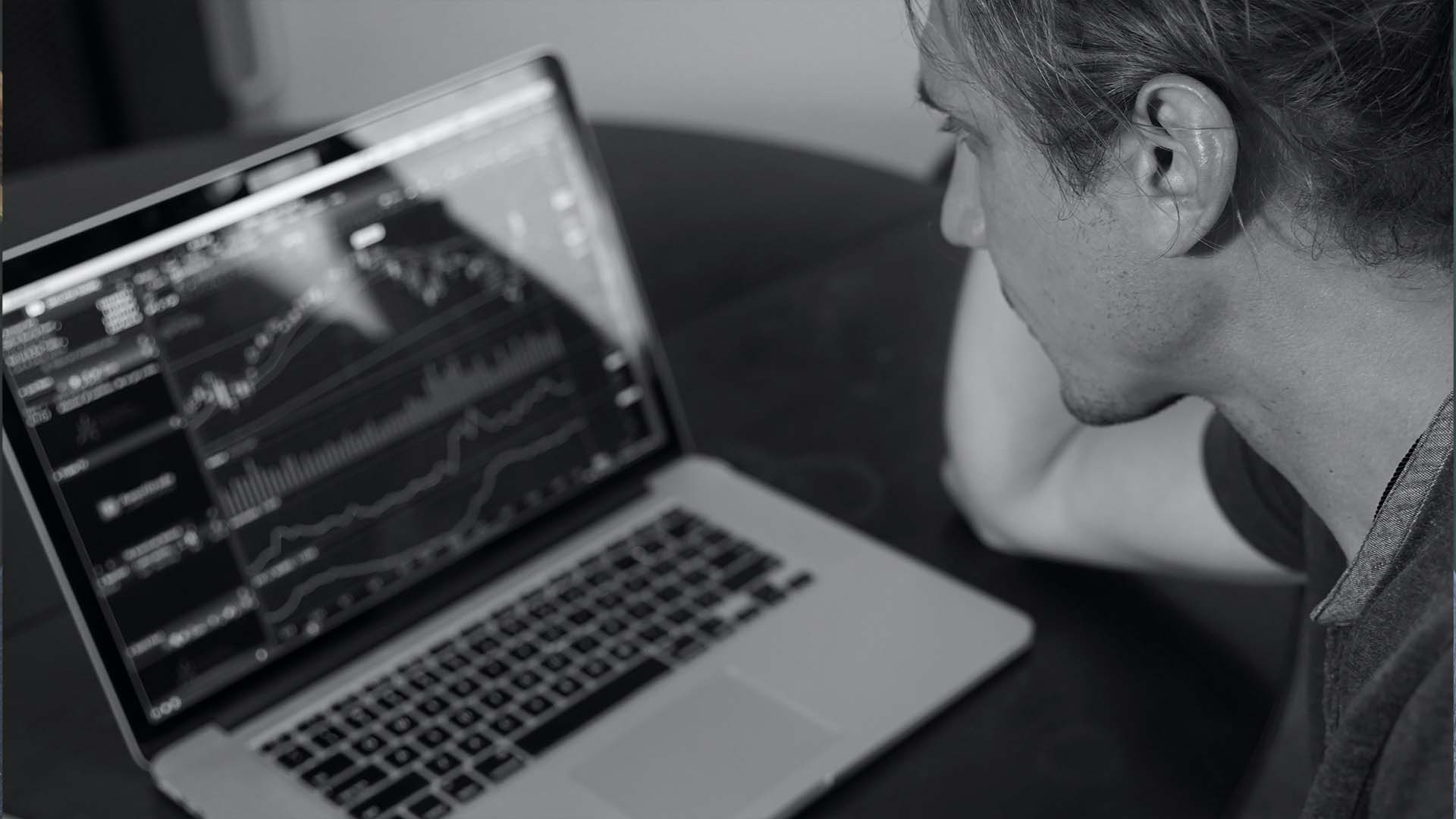A put option gives the buyer the right, but not the obligation, to sell the underlying stock or asset at a specific price (the strike price or exercise price) within a specified period of time (expiration date). An investor might buy a put option to protect a stock position. As the stock falls in value, the investor retains the right to sell shares at a higher price. If the stock goes up in price, the insurance policy (the put) will expire worthless. Speculators buy puts on weak stocks and they leverage a short position. This is a high risk, high reward strategy. The buyer of a put option only risks the premium paid.
If an option trader purchases a $50 put and the stock drops to $45, they might choose to exercise the option and sell the stock short at $50. They could then buy the stock in the open market at $45. They would receive five dollars and this pricing relationship assures that the option will at least trade for the difference between the strike price and the stock price (intrinsic value). Instead of going through the exercise process, they might choose to sell the option in the open market. Chances are they will receive more than five dollars since most options carry a premium.
Some investors sell out of the money equity puts on stocks that they want to buy. For instance, if they like a stock that is currently trading at $30, they might consider selling a $25 put for one dollar. If the stock drops below $25, they have a chance to buy it 20% cheaper than its current price. If the stock never declines, they will still receive a consolation prize of one dollar (the put premium they collected). On an unleveraged basis, this is equivalent to covered call writing where the $25 call is sold against the stock position.
Many option traders simultaneously buy and sell put options. They construct spreads that allow them to custom fit an opportunity with the right strategy.









